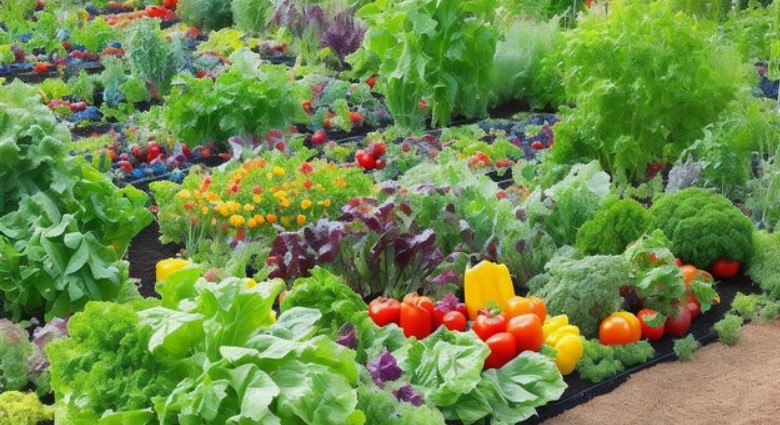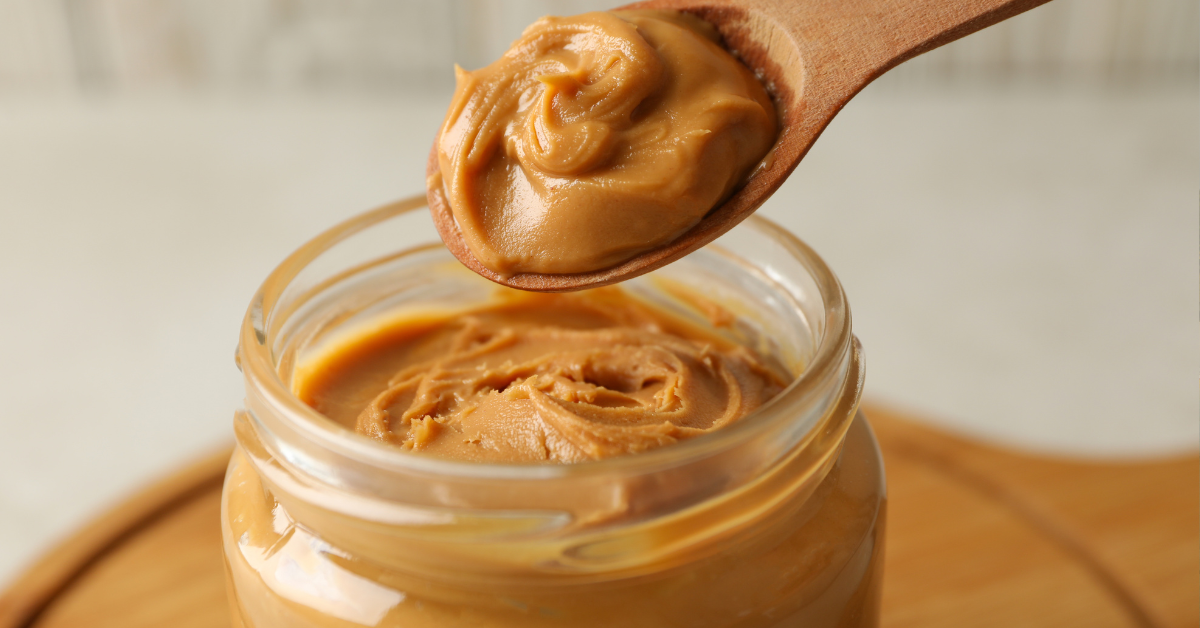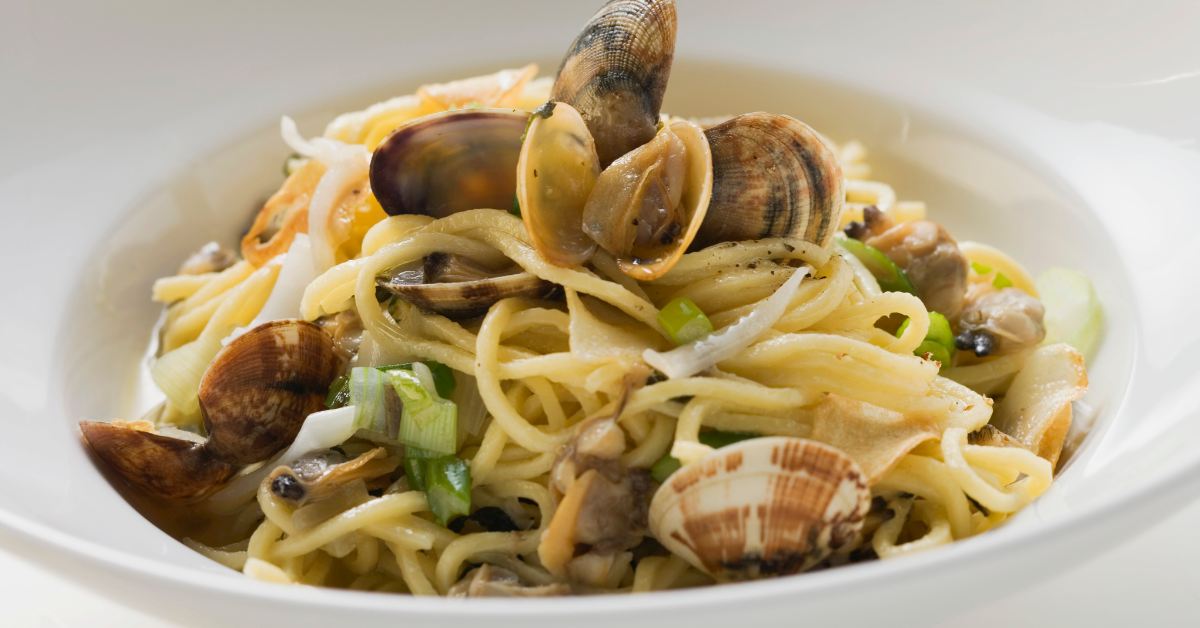Article Outline
- Introduction
- Brief overview of Florida’s climate
- Importance of month-by-month planning in vegetable gardening
- January: Planning for Success
- Choosing suitable vegetables for January
- Soil preparation tips
- Importance of sunlight and water
- February: Planting the Seeds
- Ideal vegetables for February planting
- Tips on starting seeds indoors
- Outdoor planting considerations
- March: Nurturing Seedlings
- Transplanting seedlings
- Pest control strategies
- Fertilization techniques
- April: Managing the Heat
- Vegetables resilient to Florida’s increasing temperatures
- Watering strategies during hotter days
- Mulching for moisture retention
- May: Harvesting and Enjoying
- Vegetables ready for harvest in May
- Tips for optimal harvesting
- Culinary ideas for harvested produce
- June: Beating the Rain
- Coping with Florida’s rainy season
- Protecting plants from excess moisture
- Disease prevention measures
- July: Mid-Summer Maintenance
- Assessing plant health
- Pruning and trimming advice
- Nutrient-rich additives for soil
- August: Planning for Fall
- Preparing for the upcoming planting season
- Soil rejuvenation techniques
- Fall vegetable selection
- September: Fall Planting
- Recommended vegetables for fall
- Companion planting strategies
- Pest prevention in cooler weather
- October: Maximizing Fall Harvest
- Harvesting late-season crops
- Storing produce for extended use
- Composting leftover plant material
- November: Preparing for Winter
- Winterizing the garden
- Protective coverings for plants
- Pruning and cleaning for the dormant season
- December: Reflecting and Planning Ahead
- Assessing the year’s gardening successes
- Reviewing challenges faced
- Planning improvements for the next year
- Benefits of Month-by-Month Planning
- Increased yield and quality of produce
- Minimizing the impact of weather fluctuations
- Creating a sustainable and enjoyable gardening experience
- Conclusion
- Recap of the importance of month-by-month planning
- Encouragement for readers to start their Florida vegetable garden journey
Vegetable gardening in Florida is a delightful journey that demands careful planning and attention to the state’s unique climate. From the frost-free southern regions to the cooler northern areas, each month presents its challenges and opportunities for cultivating a thriving garden. Let’s dive into a comprehensive guide on Florida vegetable gardening, exploring the month-by-month nuances that can make or break your gardening success.
Introduction
Florida’s diverse climate, characterized by warm temperatures and distinct wet and dry seasons, sets the stage for a dynamic vegetable gardening experience. Success in this endeavor requires a strategic approach, and one of the keys is month-by-month planning. This guide will walk you through each month, offering valuable insights and tips to ensure your vegetable garden flourishes year-round.
January: Planning for Success
As the new year begins, it’s time to lay the groundwork for a successful vegetable garden. Consider the following key steps:
Choosing Suitable Vegetables for January
Florida’s mild winter allows for a variety of vegetables to thrive. Opt for cold-tolerant options like broccoli, kale, and carrots.
Soil Preparation Tips
Prepare the soil by incorporating organic matter and ensuring proper drainage. Well-draining soil is crucial for healthy root development.
Importance of Sunlight and Water
Ensure your chosen garden spot receives ample sunlight. Additionally, establish a consistent watering schedule, especially during dry spells.
February: Planting the Seeds
With January’s planning in place, February is the month to start planting seeds and preparing for a bountiful harvest.
Ideal Vegetables for February Planting
Consider planting tomatoes, peppers, and herbs. These warm-season crops will thrive as temperatures gradually rise.
Tips on Starting Seeds Indoors
Get a head start by starting seeds indoors. This ensures robust seedlings ready for transplanting when the weather is ideal.
Outdoor Planting Considerations
Choose the right location for your outdoor garden, considering factors like sunlight exposure, wind protection, and proximity to water sources.
March: Nurturing Seedlings
As your seedlings emerge, March is dedicated to nurturing their growth and implementing essential care practices.
Transplanting Seedlings
Carefully transplant seedlings into the outdoor garden, ensuring proper spacing and adequate soil contact.
Pest Control Strategies
Keep an eye out for pests and implement natural pest control methods, such as companion planting and introducing beneficial insects.
Fertilization Techniques
Provide a balanced fertilizer to support healthy plant development. Consider organic options for a more sustainable approach.
April: Managing the Heat
As temperatures rise, April requires special attention to manage the heat and ensure your vegetables thrive.
Vegetables Resilient to Florida’s Increasing Temperatures
Opt for heat-tolerant varieties like okra, sweet potatoes, and southern peas that thrive in warmer conditions.
Watering Strategies During Hotter Days
Increase watering frequency, especially during hot spells, to prevent soil from drying out and ensure plants receive adequate hydration.
Mulching for Moisture Retention
Apply mulch around plants to retain soil moisture, regulate temperature, and suppress weed growth.
May: Harvesting and Enjoying
May marks the exciting time when your hard work pays off, and you can start harvesting the fruits (and vegetables) of your labor.
Vegetables Ready for Harvest in May
Celebrate the harvest of crops like tomatoes, cucumbers, and squash. Harvesting at the right time ensures optimal flavor and texture.
Tips for Optimal Harvesting
Harvest vegetables in the morning when they are at their peak freshness. Use clean, sharp tools to minimize damage to plants.
Culinary Ideas for Harvested Produce
Explore creative recipes with your freshly harvested produce. From garden salads to homemade salsas, the possibilities are endless.
June: Beating the Rain
As Florida enters its rainy season, June calls for strategies to protect your garden from excessive moisture.
Coping with Florida’s Rainy Season
Raised beds can help improve drainage and prevent waterlogging. Consider installing a rain gauge to monitor rainfall levels.
Protecting Plants from Excess Moisture
Use plant covers during heavy rains to shield plants from excess moisture, preventing issues like root rot.
Disease Prevention Measures
Apply organic fungicides preventatively to ward off common fungal diseases that thrive in humid conditions.
July: Mid-Summer Maintenance
July requires a mid-summer checkup to ensure your garden remains healthy and vibrant through the peak of the season.
Assessing Plant Health
Inspect plants for signs of stress, disease, or nutrient deficiencies. Prompt action can prevent issues from escalating.
Pruning and Trimming Advice
Trim back overgrown plants to improve air circulation and sunlight penetration. This helps prevent disease and encourages robust growth.
Nutrient-Rich Additives for Soil
Consider adding compost or well-rotted manure to replenish soil nutrients depleted by the growing plants.
August: Planning for Fall
As the summer heat persists, August is the time to start planning for the upcoming fall planting season.
Preparing for the Upcoming Planting Season
Clear out spent plants and weeds to create a clean slate for fall planting. Amend the soil with compost for improved fertility.
Soil Rejuvenation Techniques
Practice crop rotation to prevent soil-borne diseases and pests. Consider cover crops to add organic matter and improve soil structure.
Fall Vegetable Selection
Research and select vegetables suitable for fall planting. Broccoli, cauliflower, and leafy greens are excellent choices.
September: Fall Planting
With fall approaching, September is the month to start planting cool-season vegetables for a late-season harvest.
Recommended Vegetables for Fall
Plant cool-season crops like lettuce, spinach, and carrots. These vegetables thrive in milder temperatures.
Companion Planting Strategies
Utilize companion planting to enhance pest resistance and promote overall garden health. For example, planting marigolds can deter nematodes.
Pest Prevention in Cooler Weather
While pest activity may decrease in cooler weather, remain vigilant and address any issues promptly to prevent infestations.
October: Maximizing Fall Harvest
October marks the peak of fall harvesting, and it’s crucial to maximize your yield and preserve the harvest for future use.
Harvesting Late-Season Crops
Gather the last of your fall crops before the first frost. Proper timing ensures the best flavor and nutritional content.
Storing Produce for Extended Use
Implement proper storage techniques, such as canning, freezing, or root cellar storage, to enjoy your harvest throughout the winter months.
Composting Leftover Plant Material
Turn spent plants and trimmings into nutrient-rich compost to enhance soil fertility for the next growing season.
November: Preparing for Winter
As temperatures cool, November is the month to prepare your garden for the winter months ahead.
Winterizing the Garden
Protect sensitive plants from potential frost by covering them with frost cloth or moving potted plants indoors.
Protective Coverings for Plants
Mulch around perennial plants to insulate roots and protect them from temperature fluctuations. This helps maintain soil warmth.
Pruning and Cleaning for the Dormant Season
Trim back perennial plants to remove dead or damaged growth. Cleaning up the garden in fall sets the stage for a successful spring.
December: Reflecting and Planning Ahead
As the year comes to a close, take time to reflect on your gardening successes and challenges, setting the stage for the upcoming year.
Assessing the Year’s Gardening Successes
Celebrate achievements and take note of lessons learned. Consider keeping a gardening journal to track successes and improvements.
Reviewing Challenges Faced
Identify challenges encountered during the year. This reflection is valuable for planning adjustments in the next gardening season.
Planning Improvements for the Next Year
Set goals and plan improvements based on your reflections. This proactive approach ensures continuous growth and success in your garden.
Benefits of Month-by-Month Planning
Month-by-month planning offers numerous benefits for Florida vegetable gardeners.
Increased Yield and Quality of Produce
Strategic planning maximizes the productivity of your garden, resulting in higher yields and better-quality produce.
Minimizing the Impact of Weather Fluctuations
Florida’s unpredictable weather requires adaptability. Month-by-month planning helps mitigate the impact of sudden weather changes.
Creating a Sustainable and Enjoyable Gardening Experience
By staying ahead of the curve, you create a sustainable and enjoyable gardening experience. Less stress and more success await. and also know about High Desert Gardening.
Conclusion
Embarking on a month-by-month journey through Florida’s vegetable gardening landscape can be both rewarding and educational. By adapting to the unique challenges and opportunities each month presents, you’re setting the stage for a flourishing garden. Whether you’re a seasoned gardener or a novice, the key is to enjoy the process and embrace the rhythm of nature.
FAQs
- Can I start a vegetable garden in Florida year-round?
- Absolutely! Florida’s climate allows for year-round gardening, with strategic planning for each season.
- What are the best vegetables for Florida’s hot summers?
- Heat-tolerant vegetables like okra, sweet potatoes, and southern peas thrive in Florida’s warm temperatures.
- How do I protect my garden during Florida’s rainy season?
- Raised beds, plant covers, and proper drainage are effective strategies to prevent waterlogging during the rainy season.
- What is the importance of crop rotation in Florida vegetable gardening?
- Crop rotation helps prevent soil-borne diseases and pests, promoting healthier plants and sustainable gardening.
- How can I make the most of my fall harvest in Florida?
- Harvest late-season crops, implement proper storage techniques, and turn leftover plant material into nutrient-rich compost for future use.





